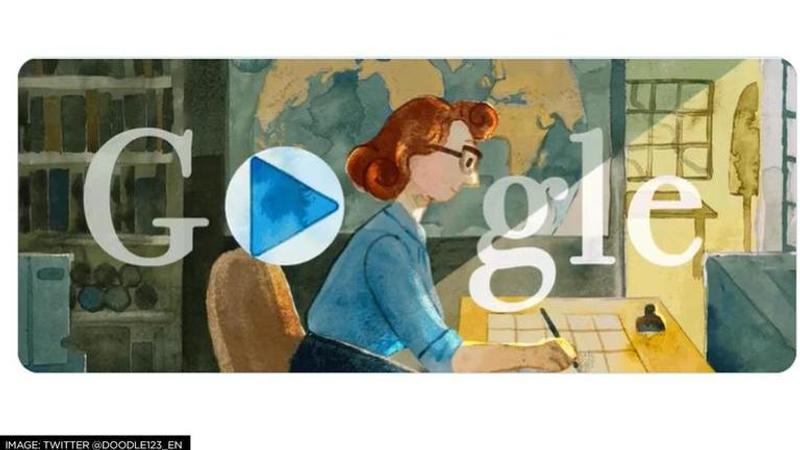Published 16:06 IST, November 21st 2022
Google celebrates life of American geologist Marie Tharp with animated doodle; take a look
Search giant Google has unveiled a special animated doodle video to honour the life of an American geologist and oceanographic cartographer Marie Tharp

Image: Twitter/ @Doodle123_EN | Image:
self
- Listen to this article
- 3 min read
Advertisement
16:06 IST, November 21st 2022
